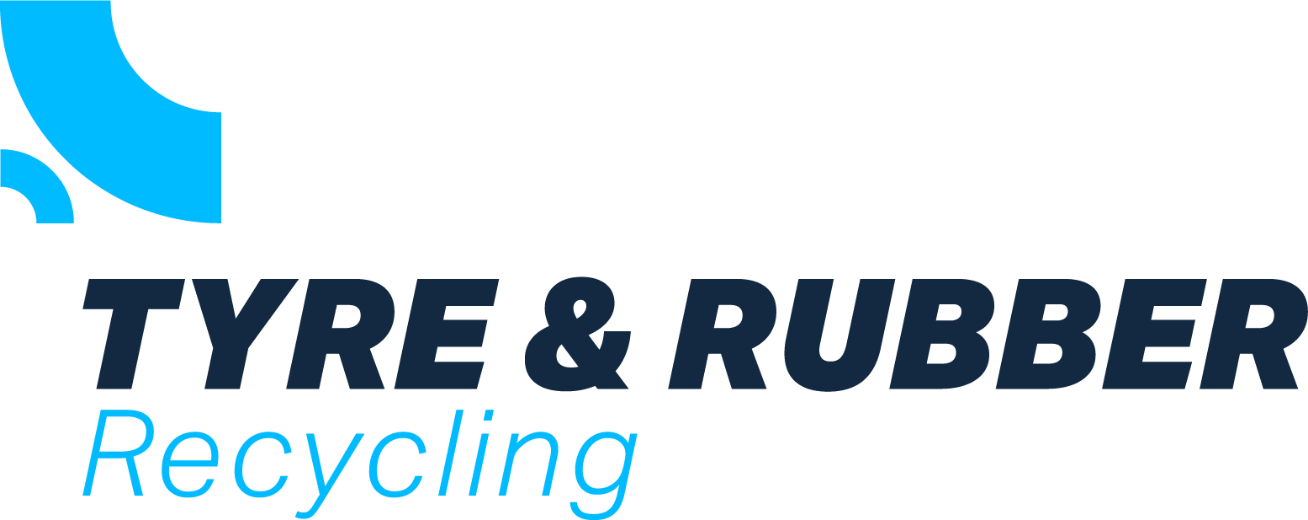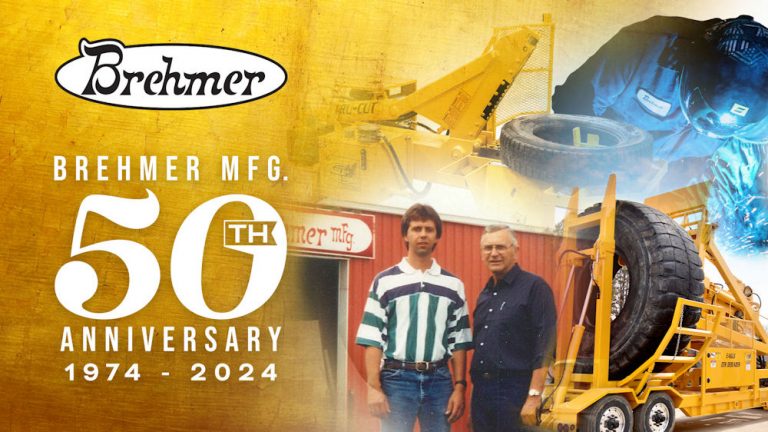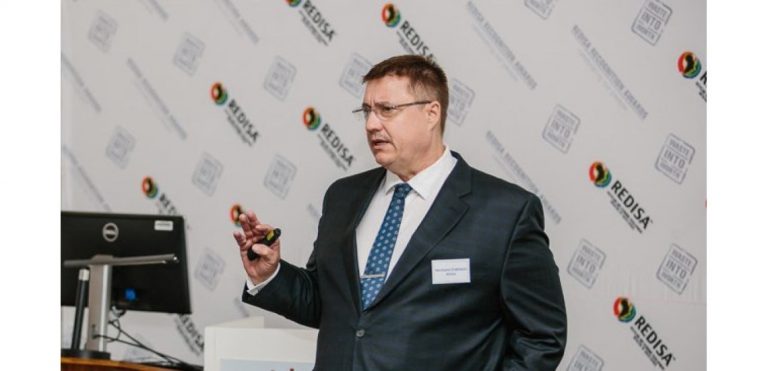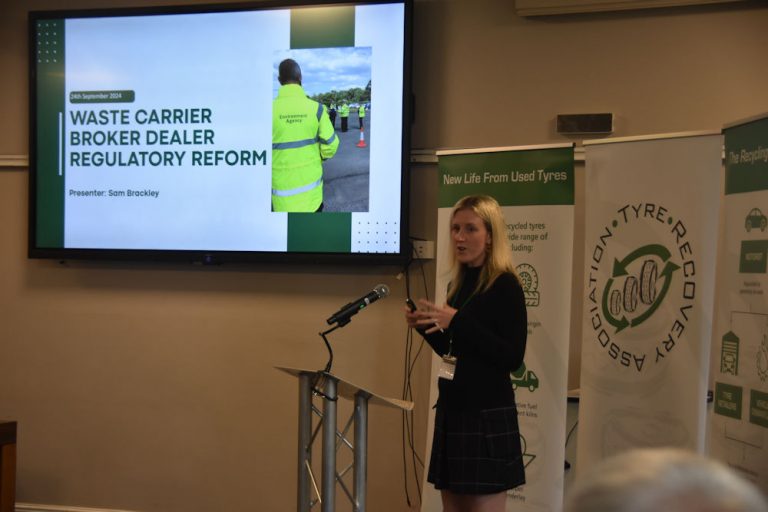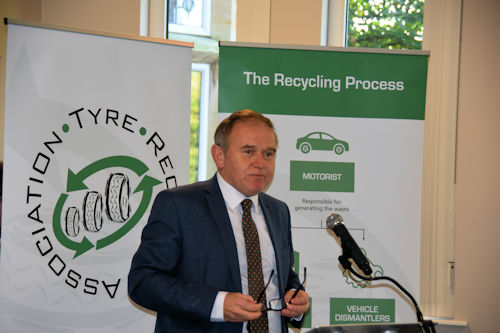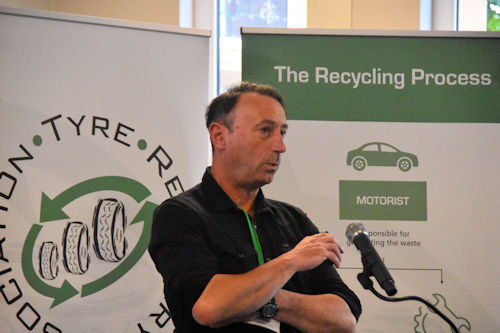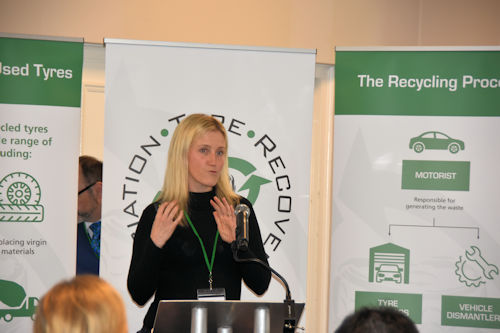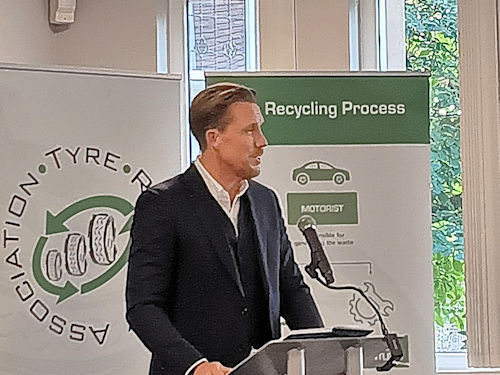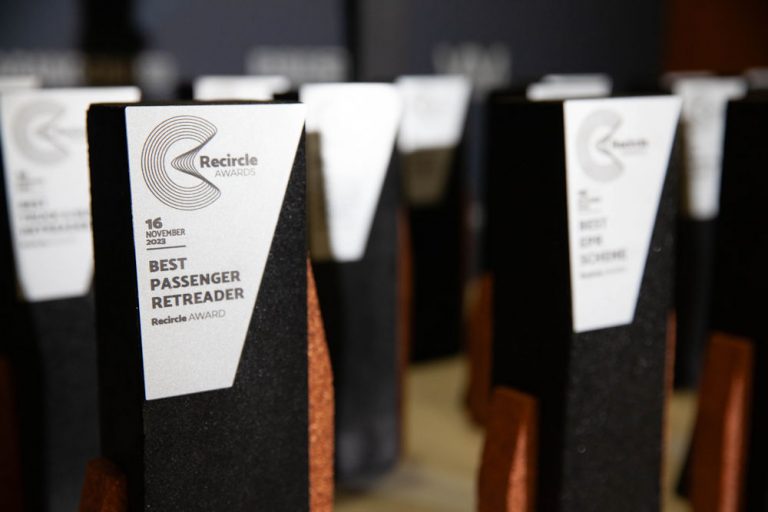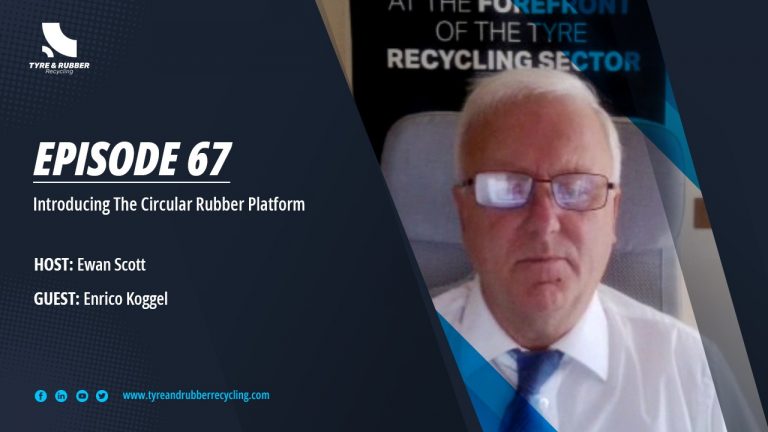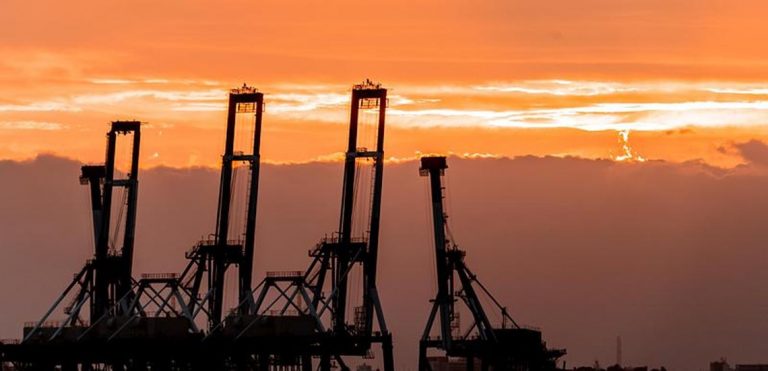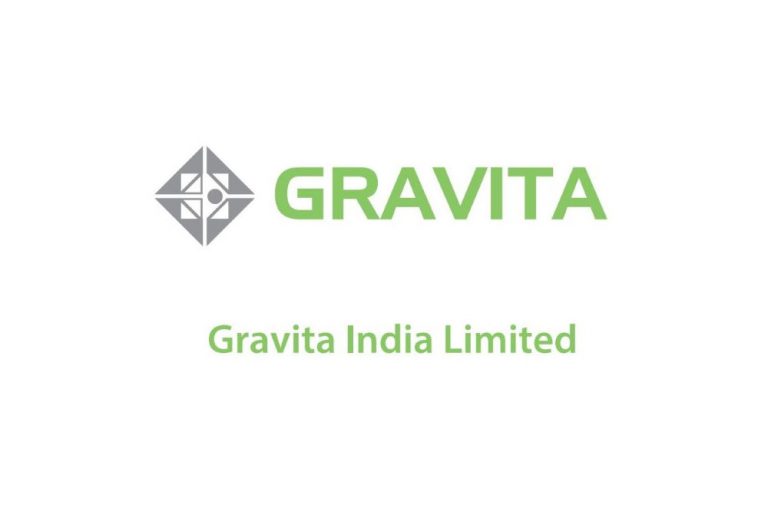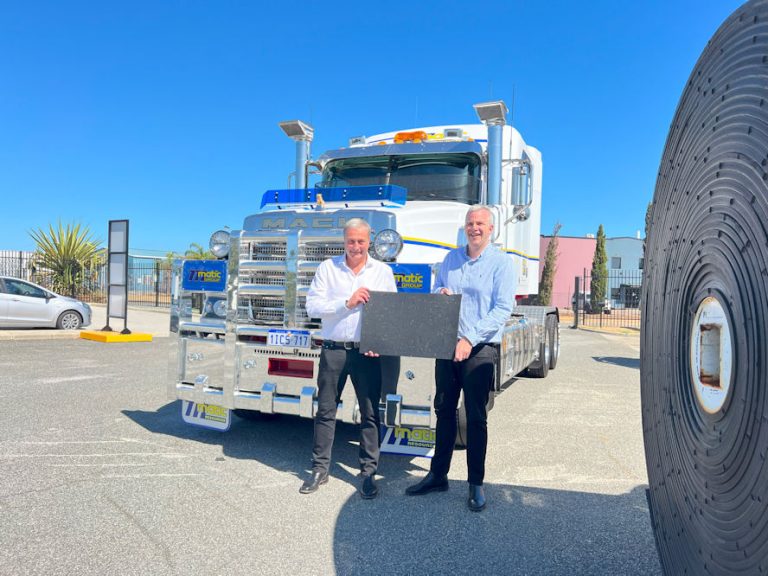Pyrum Innovations AG has published its consolidated financial report for the period from 1 January to 30 June 2024
The company’s half-year results and financial position continued to be largely characterised by investments at the company’s headquarters in Dillingen/Saar and for orders of plant components with long delivery times for the new site in Perl-Besch, as well as investments in personnel expansion and the further development of the organisational structure. In addition, the throughput volumes in the rCB pellet plant were still below target.
Pascal Klein, CEO of Pyrum Innovations AG said; “We look back on an exciting and successful first half of the year at Pyrum. Our industrial-scale plant is finally in operation and the start-up phase of the new TAD 2 and TAD 3 production lines has been successful. This lays the foundation for our future development. We are currently doing everything we can to ensure that TAD 2 and 3 can soon go into continuous operation, which will also be reflected in the figures in the future. In addition, the focus is on financing further expansion.“
Sales in the first six months were EUR 708 thousand, up 41.3 per cent on the same period of the previous year (EUR 501 thousand). With the expansion and optimisation of the plant in Dillingen progressing according to plan, own work capitalised amounted to EUR 3,614 thousand (H1 2023: EUR 7,613 thousand). The decline corresponds to the lower cost of materials required to produce own work capitalised as the level of completion of the plant expansion in Dillingen increases.
As expected, total output fell by around 44 per cent year-on-year to EUR 4,536 thousand (H1 2023: EUR 8,155 thousand) due to a lower volume of own work that can be capitalised. Other operating income more than doubled year-on-year to EUR 800 thousand (H1 2023: EUR 356 thousand). This was due to investment grants of EUR 531 thousand (EUR 151 thousand) for the creation of jobs in Dillingen resulting from the plant expansion. The consolidated net result for the period amounted to EUR -4,787 thousand (H1 2023: EUR -4,408 thousand). Available liquidity increased to EUR 9,502 thousand as of 30 June 2024 (31 December 2023: EUR 4,483 thousand) due to the payment of two further loan tranches from BASF for the construction of the plant in Perl-Besch.
As a result of lower costs, the company expects earnings before interest and taxes (EBIT) of between EUR -10.0 million and EUR -12.0 million for 2024, which is slightly above the previously expected range of EUR -11.0 million to EUR -13.0 million.
As a result of the pelletising plant’s throughput being lower than planned, the company predicts that sales will not meet the original forecast until the fourth quarter. Consequently, sales for the year as a whole are now expected to be between EUR 1.9 million and EUR 2.4 million (originally EUR 3.0 million to EUR 4.0 million). In addition, total output is also expected to be lower than planned at approx. EUR 10 million (originally between EUR 25 million and EUR 30 million). Contrary to planning, no plant purchase contract has yet been signed, as despite progress on the projects, no approval procedure necessary for a final investment decision has yet been completed. In this respect, the company is dependent on the processing times of the approval authorities.
In addition, there will also be a change in the composition of Pyrum’s Executive Board. When his contract expires on 15 October 2024, Michael Kapf will no longer serve as a member of the company’s Executive Board for personal reasons. However, after his departure, he will remain with Pyrum Innovations AG as an employee and will continue to be primarily responsible for the company’s IT.
Alf Schmidt, Chairman of the Supervisory Board of Pyrum Innovations AG, thanks Michael Kapf on behalf of the entire Supervisory Board; ‘We are extremely grateful to Michael Kapf for his dedicated and successful work over the past years since the company was founded. He has played a decisive role in making Pyrum a leading company in the field of tyre thermolysis. We are very pleased that he will remain with the company as an employee even after his departure from the Executive Board and will continue to contribute his expertise.”
After Michael Kapf’s departure, the Executive Board of Pyrum Innovations AG will consist of CEO Pascal Klein and CFO Kai Winkelmann. Pyrum considers itself very well positioned to continue its growth course, given the current size of the company.
The Group Interim Report for the first half of 2024 of Pyrum Innovations AG is available on the company’s website.



